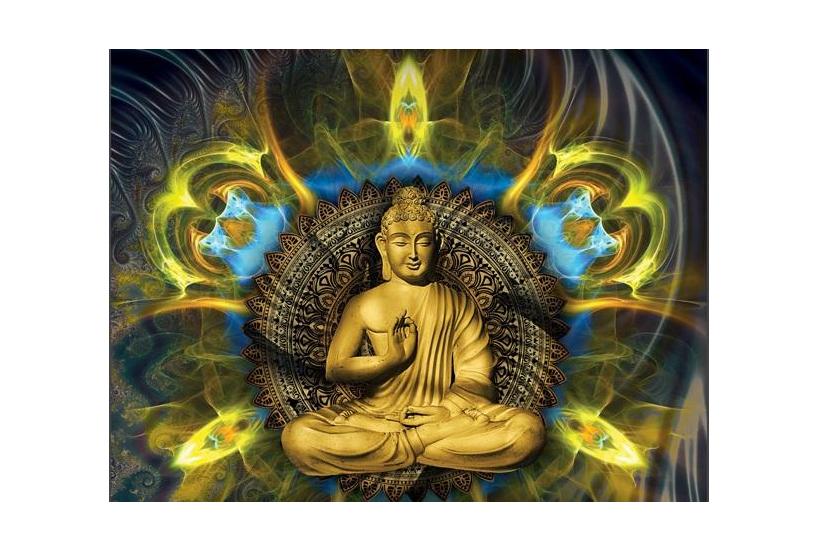Psychedelics and Buddhism
by Lama Mike Crowley, author of Psychedelic Buddhism
In the mid-1980s, a young lady named Vanessa and I tried our first ever dose of MDMA in the area above Clifton Gorge, near Bristol, England. We began in a botanical garden but when the effects hit us, we headed for the solitude of the nearby woods and fields. After a few hours spent marveling at the miraculous manifestations of nature, Vanessa began expressing the view of reality that the experience provided. Despite having zero acquaintance with Buddhist philosophy, she began propounding the Mahāyāna view of total “voidness.” She even used the word unborn to describe the underlying no-thing-ness of reality. I was agog, not just because of her sudden burst of ancient wisdom, but because “unborn” is the literal translation of the Sanskrit word abhava, a technical term used in Mahāyāna scriptures for that very thing. (Or the same no-thing, if you see what I mean.)
Then, there was my own experience of Indra’s net. I had taken 1 teaspoon of cannabis tincture and, simply to counteract any possible somnolence, shared a tablet of Orange Sunshine, a variety of LSD, with two friends. Based on my previous experiences with the tincture, I expected the evening to be one of rapturous appreciation of music while slumped in an armchair. The LSD was mostly to keep me from nodding off to sleep if I got a bit too cozy. Admittedly, I welcomed the possibility that the psychedelic might add a splash of color, but I didn’t hold out too much hope for spiritual revelation. It was, after all, only a third of a tablet. I certainly didn’t expect the profound and inspiring vision that ensued.
It was 1970 and I was among a group of young people gathered at a house in the English countryside. The French windows opened onto the patio, and the scents of a warm summer evening wafted in from the garden. Friends chatted amicably, two pet rabbits hopped, apparently at random, through the deep shag carpet, and J. S. Bach’s The Art of Fugue emanated in geometrical precision from our host’s geeked-out hi-fi. This sublime music seemed perfect for my elevated state, so I closed my eyes and let the music transport me.
Then, appearing before my inner eye, like imagination only far more vivid, I beheld an infinite array of crystalline spheres, suspended in space within its own three dimensions. Each was so perfectly spherical and so perfectly clear that it contained within it the perfect reflection of every other sphere with infinitesimal accuracy.
But that’s only the visual part. It was apparent to me that each sphere was nothing but the reflection of every other sphere.
I am at a loss to explain exactly how I knew that each gem in the matrix was composed only of the reflections within it but, at the time, it was as obvious as the closed-eye visuals were resplendent. This “sight,” though internal and personal to me, was truly awe inspiring. It was as if I were witnessing hidden dimensions of space that exist in addition to, and at right angles to, the usual three dimensions. I rested in this vision, rapt in wonder, for what seemed an eternity, observing firsthand the matter/wave duality of quantum mechanics, while simultaneously witnessing a vision that seemed heavily laden with profound spiritual significance.
This was merely a few years after I had begun studying Buddhism and only a couple of months since I had formally become a Buddhist, having “taken refuge” on May 1 of that year. It was also some time before I had come across the philosophy of the Avatamsaka Sūtra (in full, the Mahāvaipulya Buddhāvatamsaka Sūtra, or the Great Extensive Sūtra of the Buddha’s Flower Garland), and its metaphor of Indra’s net:
The Buddhas know that all phenomena arise interdependently.
They know all world systems exhaustively.
They know that all phenomena in all worlds are interrelated as in Indra’s net.
—Avatamsaka Sūtra
Unless we are familiar with the legend of Indra’s net, this last sentence is meaningless. Fortunately, an ancient Chinese sage has explained it for us:
The manner in which all phenomena interpenetrate is like an imperial net of celestial jewels extending in all directions infinitely, without limit. . . .
As for the imperial net of heavenly jewels, it is known as Indra’s net, a net which is made entirely of jewels. Because of the clarity of the jewels, they are all reflected in and enter into each other, ad infinitum. Within each jewel, simultaneously, is reflected the whole net. Ultimately, nothing comes or goes. If we now turn to [for instance] the southwest, we can pick one particular jewel and examine it closely. This individual jewel can immediately reflect the image of every other jewel.
As is the case with this jewel, this is furthermore the case with all the rest of the jewels—each and every jewel simultaneously and immediately reflects each and every other jewel, ad infinitum. The image of each of these limitless jewels is within one jewel, appearing brilliantly.
This was written by a seventh-century Chinese master known as Tu Shun (557–640 CE), founder of Huayan, a Chinese school of Mahāyāna Buddhism that eventually spread to Japan as Kegon. Apart from his apparent reluctance to engage with the topic of interpenetrating wave packets, Tu Shun’s description comes remarkably close to my experience. Until I read these words, I had assumed that my vision had been a private, personal revelation. The discovery that I shared the experience with an ancient Chinese sage who had described my trip in detail a full twelve centuries before I had been born led me to two possible conclusions:
- The experience of Indra’s net is universal, available to a few profound meditators. In which case: By witnessing Indra’s net, I had inadvertently stumbled upon an alternative route to the wisdom of the ages: psychedelics.
- The experience is attainable only through psychedelics. In which case: If Buddhists of earlier centuries had witnessed Indra’s net, then they must have taken psychedelics to do so, with the corollaries that ancient Buddhists had no problem with psychedelics, and moreover employed them to great effect.
Whichever of these alternatives was in fact the case, Tu Shun’s explanation of my vision was thrilling confirmation that I was on the right track and that if used correctly, psychedelics held the key to deeper spiritual exploration. But, I wondered, what if I combined the two, using both meditation and psychedelics? Among the consequences of that long-gone moment of insight was the creation of my book, to help others apply these miraculous compounds in a system of self-improvement and profound insight. I also became interested in art that evoked similar elevated states to those experienced with psychedelics.
After my previous book, Secret Drugs of Buddhism, which detailed the use of psychedelics (amrita) in the history of Buddhism, I received a lot of inquiries along the lines of, “Yes, that’s very gratifying to hear that psychedelics were used in Buddhism but exactly how were they used?” and “Are there any Buddhist groups that use psychedelics? I’d like to join one.” Psychedelic Buddhism is an attempt to answer such questions.
While I have attempted to be as helpful as possible in the book, I advise you not rely entirely on books, not even this one. I mean it. The book may be fine as an introduction to psychedelics and to Buddhism, but I doubt that it can bring you to full enlightenment. In that regard, there is nothing that can replace regular meditation practice and a wise teacher who is prepared to listen to you, to dispense apposite advice, and best of all, to point out the nature of reality. I highly recommend trying to find one.
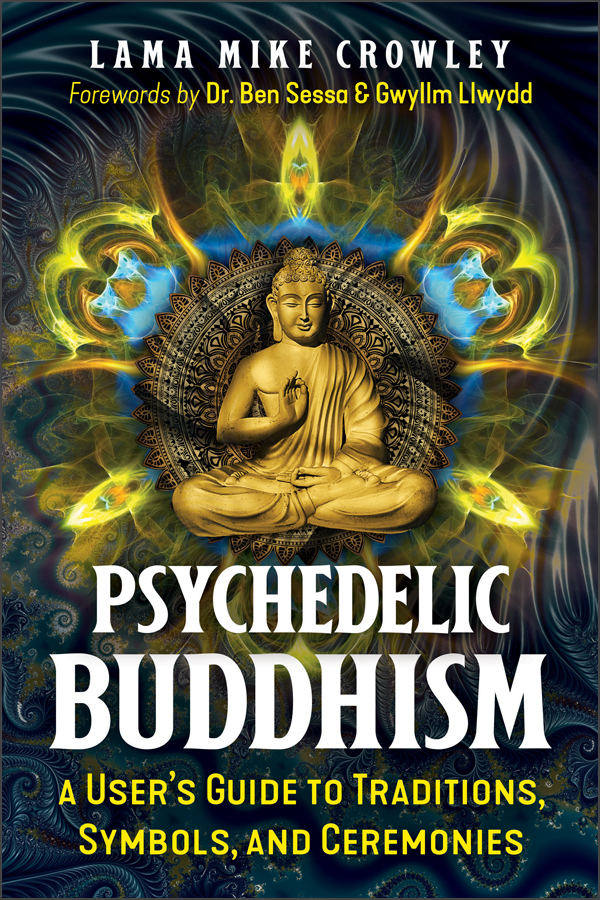 |
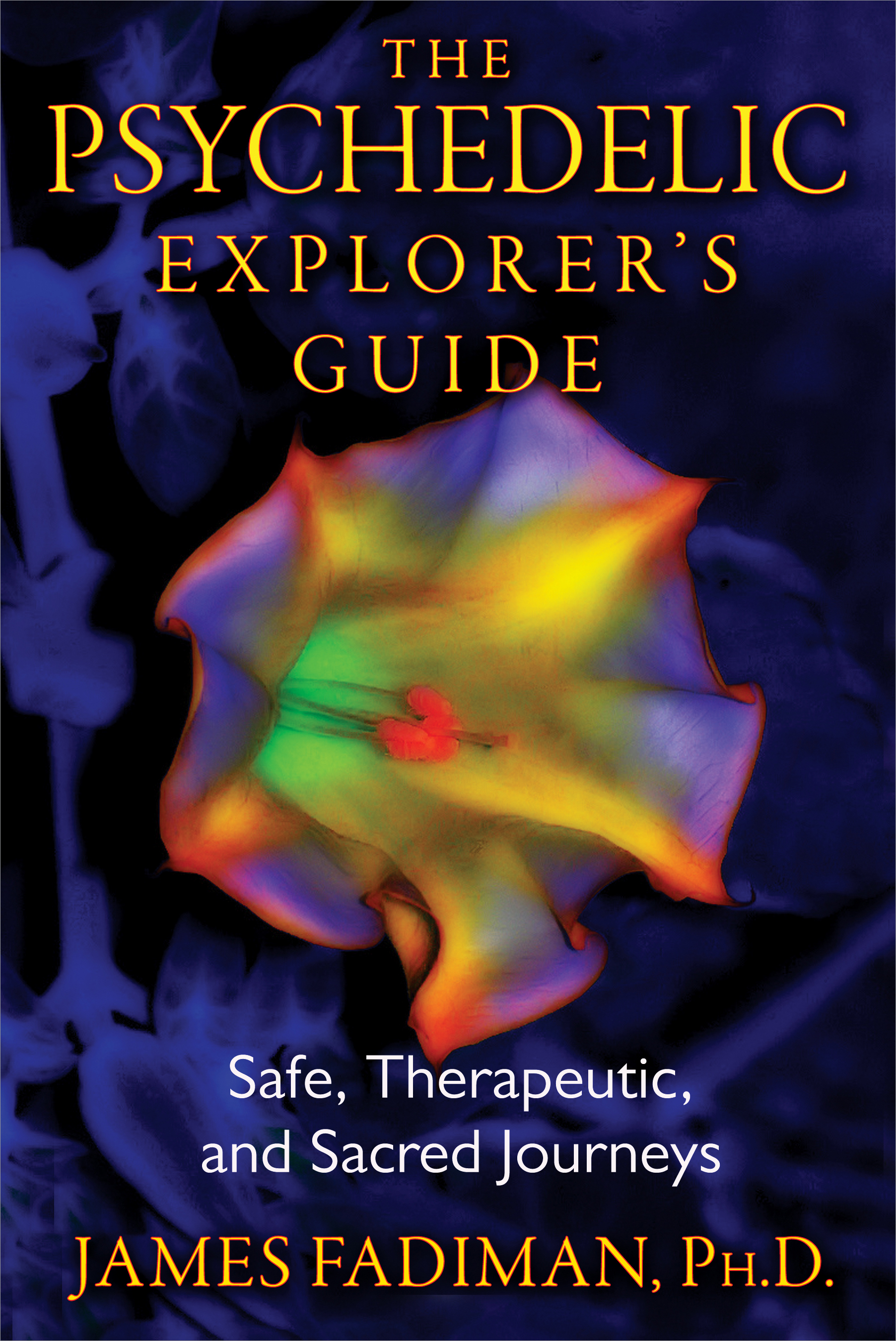 |
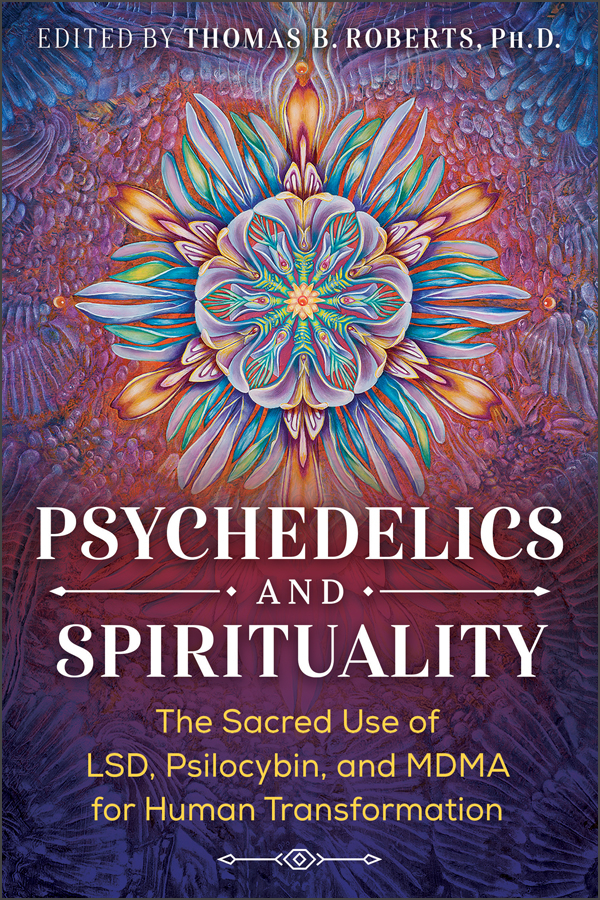 |
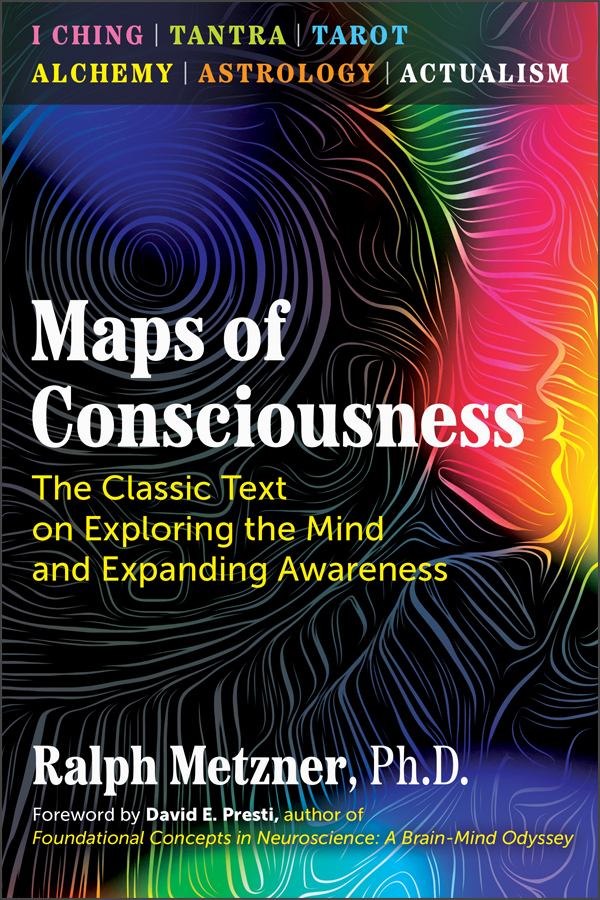 |
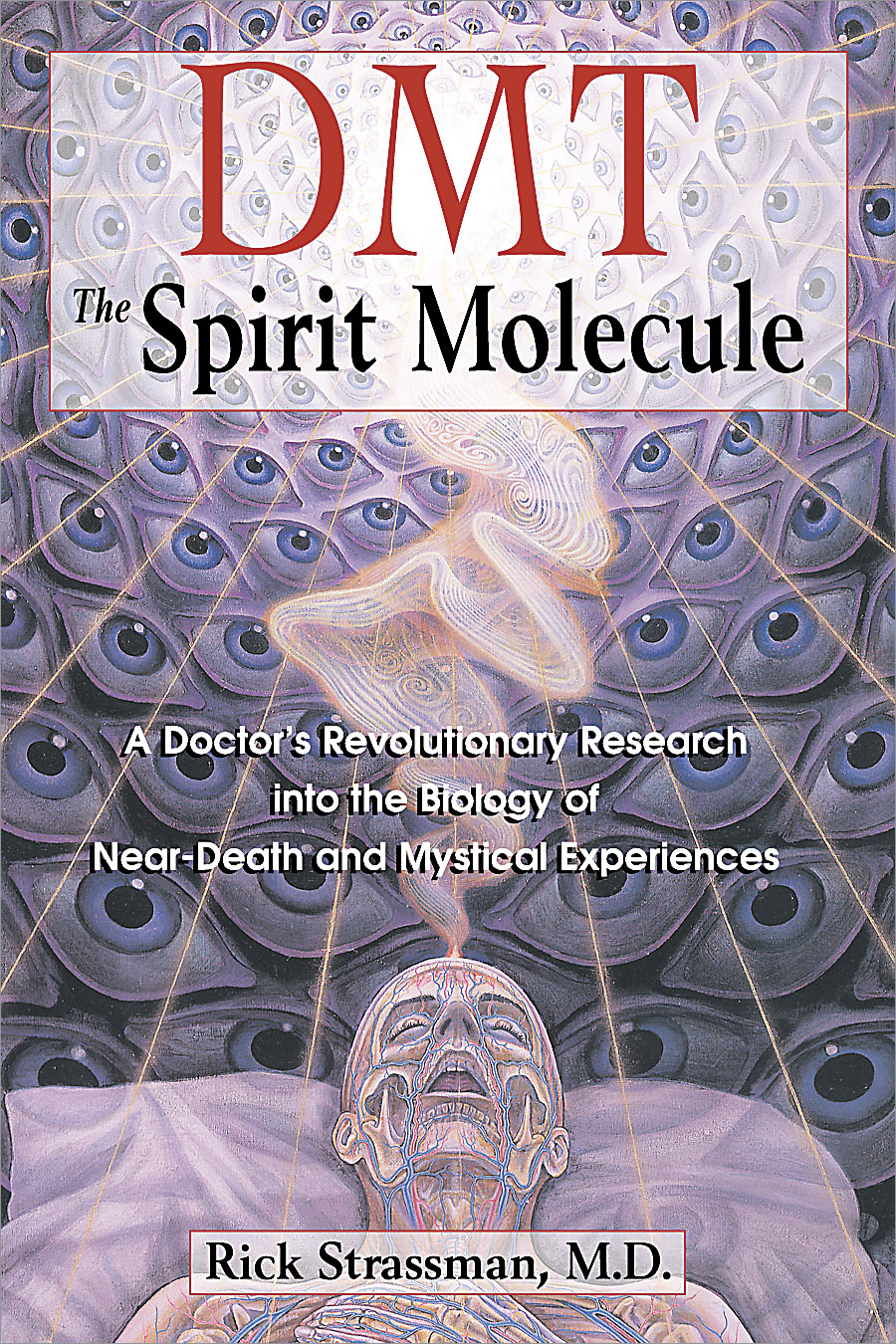 |
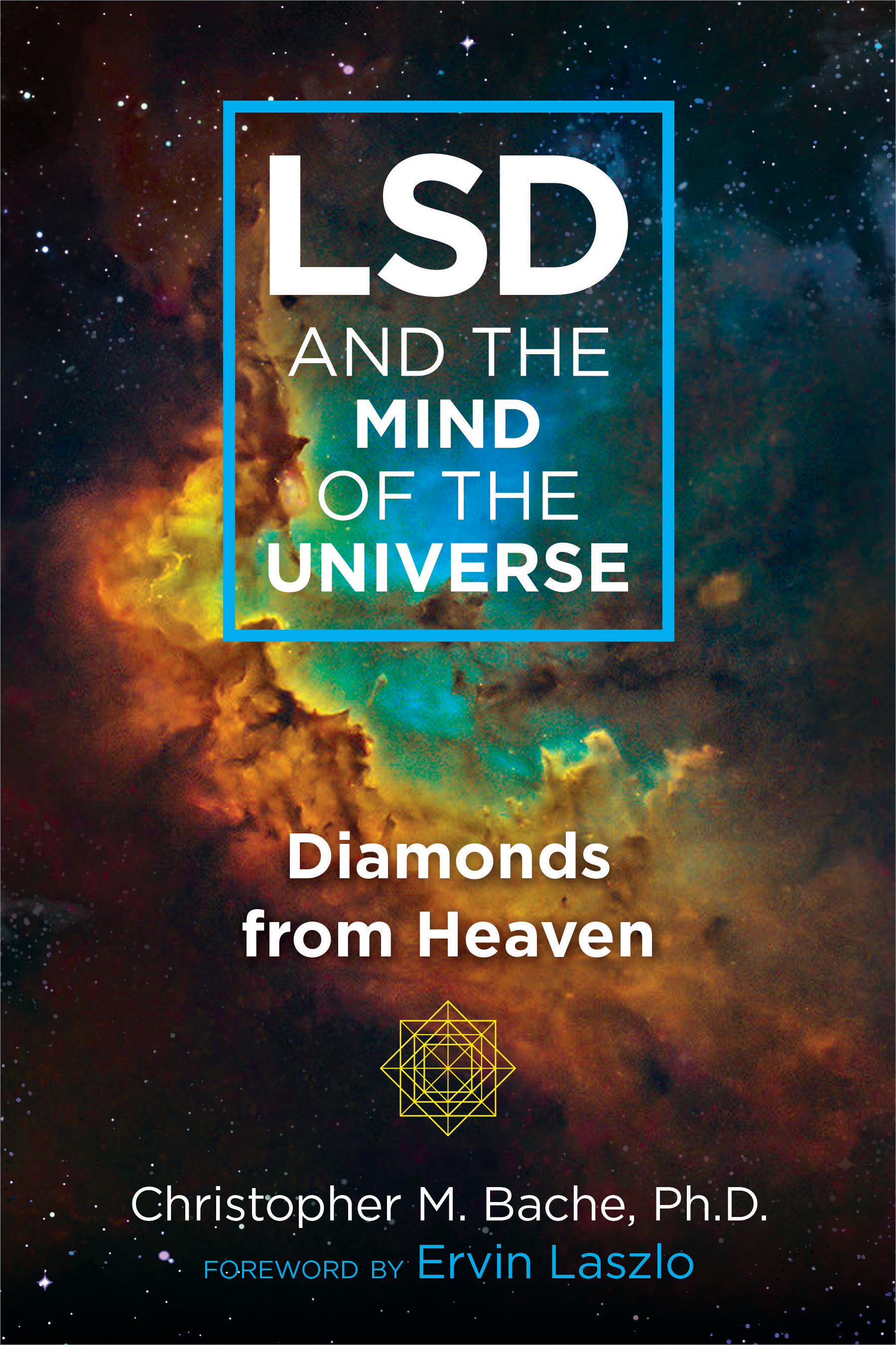 |
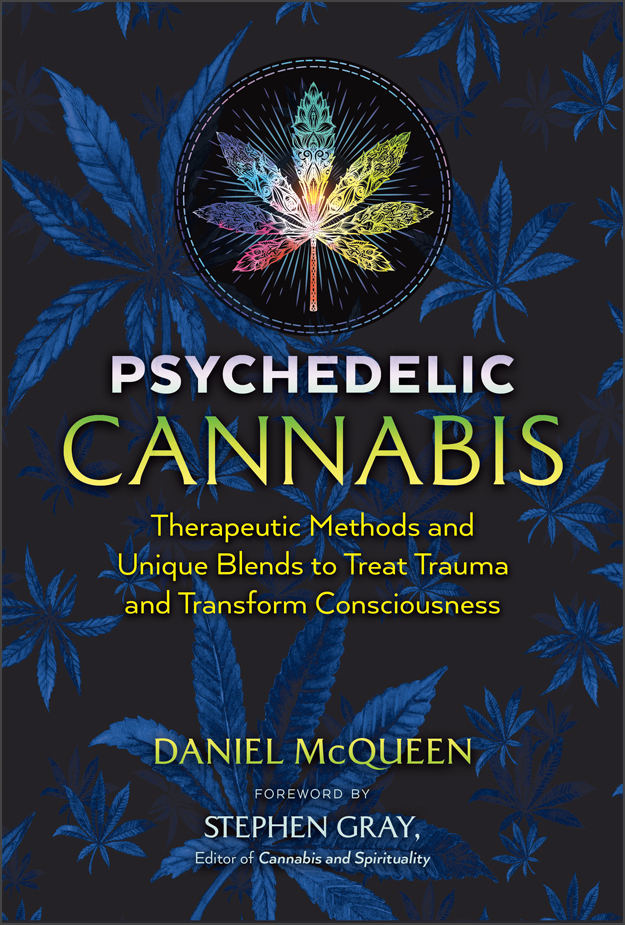 |
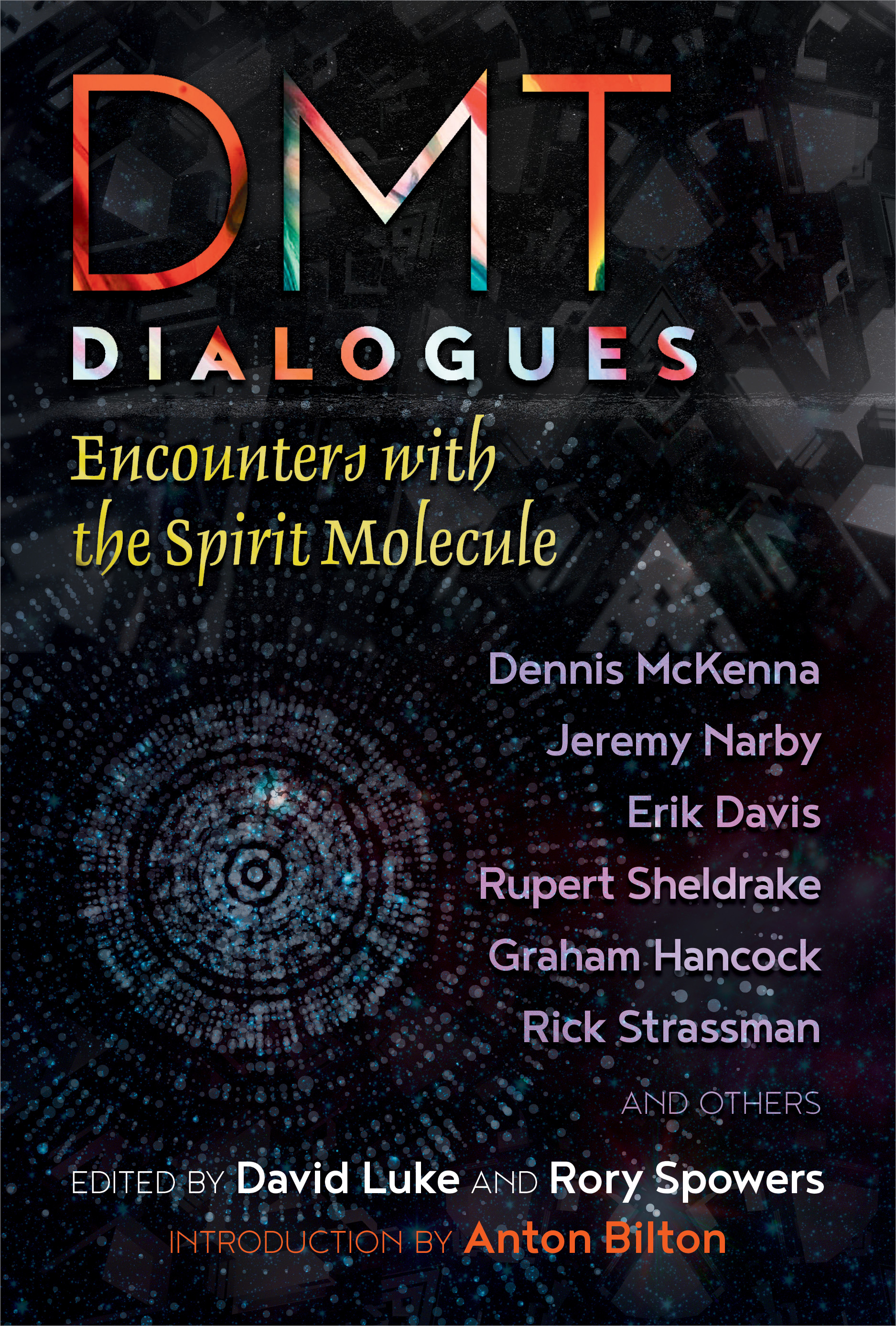 |


